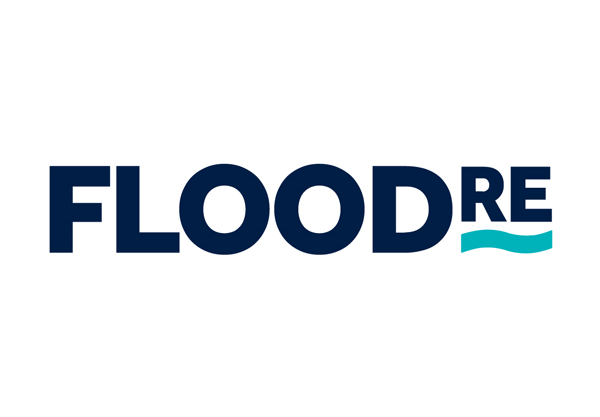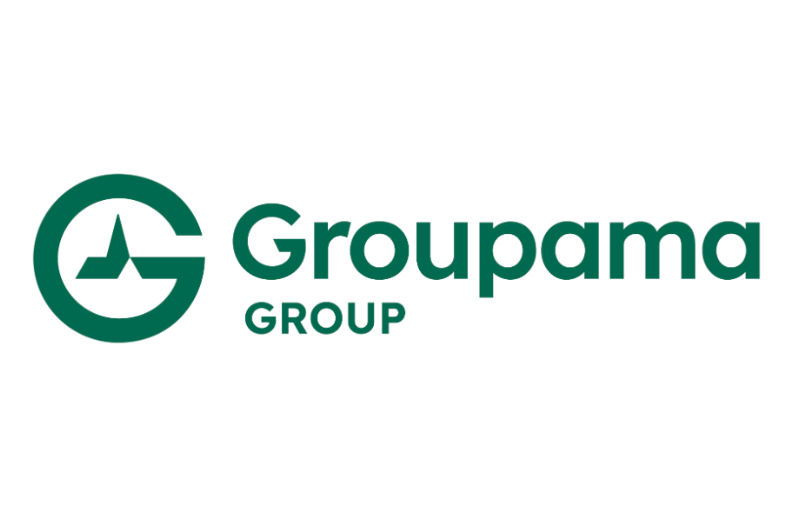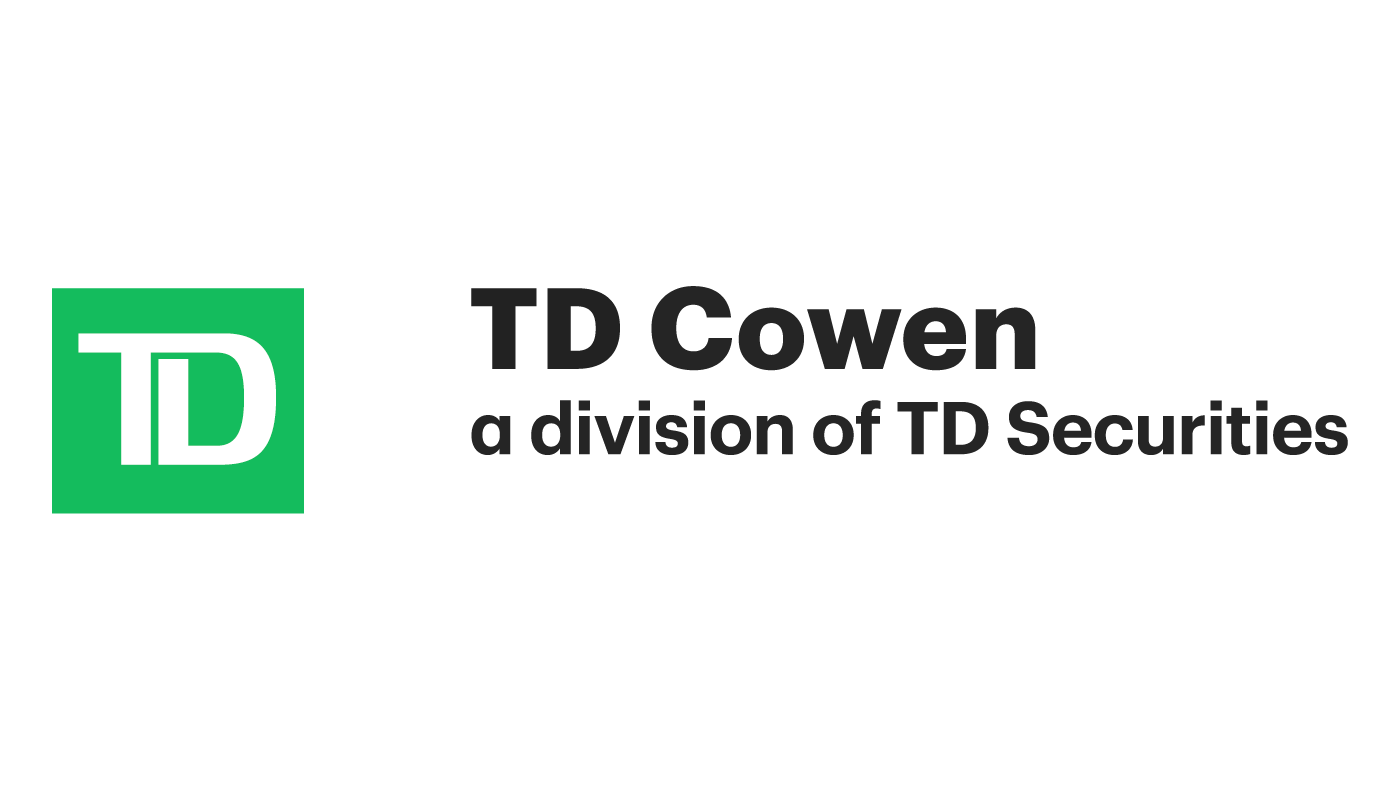
Flood Re, the state-backed flood reinsurance pool in the United Kingdom, saw its entry to the insurance-linked securities (ILS) market with its debut catastrophe bond this year as key for it to “respond to the consequences of global climate risks” as it grapples with rising risks.Flood Re sees itself as “more than a reinsurance vehicle”, in providing a vital component of the United Kingdom’s flood resilience strategy, in helping those in flood prone areas access affordable insurance protection.But, in a world that seems beset by increasing flood disasters and losses, this mission is not without its challenges, given rising risks and climate driven flood consequences, higher exposure levels being ceded to Flood Re and the rising costs of global re/insurance protection.All of this has made Flood Re’s role increasingly challenged, with risk capital a key piece of the equation for it, which led to its entry to the insurance-linked securities (ILS) market this year as it looked to unlock alternative sources of reinsurance capacity to support its mission.
Chairman of Flood Re Bridget Rosewell explained in the latest annual report for the flood risk pool, that it expects a rapidly changing operating environment over the next decade.For most of the first decade of its operation, Flood Re has operated in relatively benign conditions, Rosewell explained, with “abundant natural catastrophe reinsurance capacity available from international markets.” But, Rosewell cautioned that, “As we look forward to our next decade the conditions in which the Scheme operates are changing rapidly: the last two years has seen unprecedented claims inflation, the number of floods has increased (though only to levels we would consider typical in previous decades) and climate change-driven events around the world have fundamentally altered the risk appetite of reinsurance.“The costs and terms on which reinsurance is now available fundamentally alter the economics of the Scheme.
The challenge for the Scheme is to continue to ensure home insurance remains available and affordable despite these changing conditions.” Aware of the way reinsurance market conditions have been changing, Flood Re opted to enter the catastrophe bond market and in March 2025 it secured UK £140 million of retrocessional flood reinsurance protection from ILS investors through its debut issuance under the Lloyd’s ILS structure London Bridge 2 PCC.Throughout the annual report, Flood Re makes it abundantly clear just how important this move was for the organisation.Flood Re explained that its first cat bond, “Diversified Flood Re’s risk transfer approach and enabled it to access the broader and significant ILS (Insurance Linked Securities) markets for additional reinsurance capacity to support the Scheme.” It was part of a response to the pressures that Rosewell recognised and she further stated that, “The issuance of our first catastrophe bond was a major financial innovation, diversifying our risk transfer capacity to the ILS markets and enhancing our financial resilience.
“This is key for the Scheme to respond to the consequences of global climate risks, by strengthening our ability to manage financial risks through a diversified mix of reinsurance and major alternative risk transfer mechanisms and markets.” The scheme sees the cat bond as a way to diversify its risk exposure and strengthen its financial position, while tapping an entirely new source of reinsurance capital.Flood Re CEO Perry Thomas commented, “The volume of risk being ceded to Flood Re is rising significantly.Our latest reinsurance procurement process was particularly challenging, requiring costly alternative solutions that added approximately £100 million to reinsurance costs for 2025/26 – costs that could not be fully offset by levies and premiums.
With these pressures intensifying, we must remain vigilant in managing risk exposure whilst ensuring that the Scheme continues to fulfil its mission.” Perry continued to explain, “Flood Re is commencing its tenth year of operations – a period in which the Scheme has operated in very favourable conditions with a benign flooding environment, ample reinsurance capacity and a home insurance market that is profitable.However, it is clear that these three conditions will not hold for the next decade.“We must therefore prepare for what comes next.
Strengthening resilience remains at the heart of our strategy, requiring continued collaboration with government, insurers and communities.The issuance of Flood Re’s first catastrophe bond “Vision 2039” shows the steps that we are taking to innovate, and we must continue to evolve to further enhance the Scheme’s long-term stability.“Investment in flood defences and adaptation measures is crucial.
With extreme weather events becoming more frequent and severe, protecting UK communities must be a shared priority.Whilst Flood Re plays a vital role in making insurance more affordable, the most effective long-term solution is reducing flood risk itself.We will continue to work closely with policymakers to advocate for greater funding in resilience infrastructure and ensure that flood mitigation remains central to the national agenda.” Rosewell, Flood Re Chair concluded, “We are proud of the role that Flood Re has played in protecting UK households – and of the innovation and resilience shown this year.
But looking ahead, there are tough choices.Climate risk is growing, reinsurance conditions are tighter and affordability is under threat.If we want to preserve the benefits that Flood Re has delivered, we must be bold, collaborative and forward-thinking.
The decisions that we make now will shape flood insurance for decades to come.” You can read all Flood Re’s debut catastrophe bond, the transaction in our Deal Directory, where you can analyse details of almost every cat bond ever issued..All of our Artemis Live insurance-linked securities (ILS), catastrophe bonds and reinsurance can be accessed online.Our can be subscribed to using the typical podcast services providers, including Apple, Google, Spotify and more.
Publisher: Artemis








